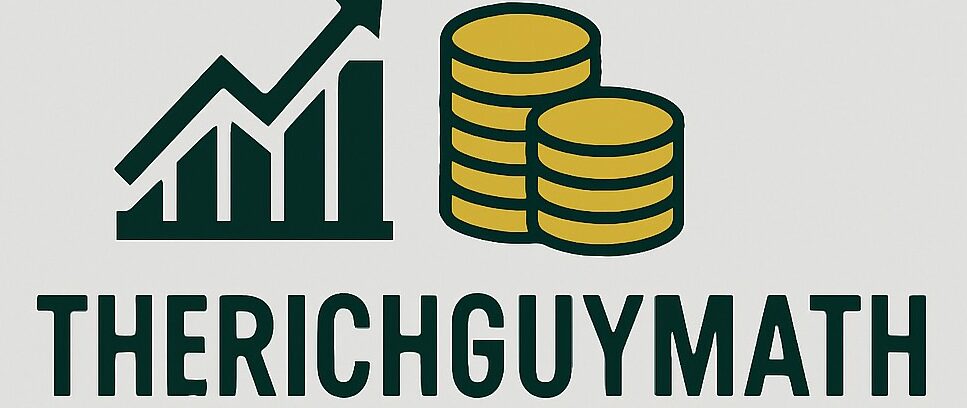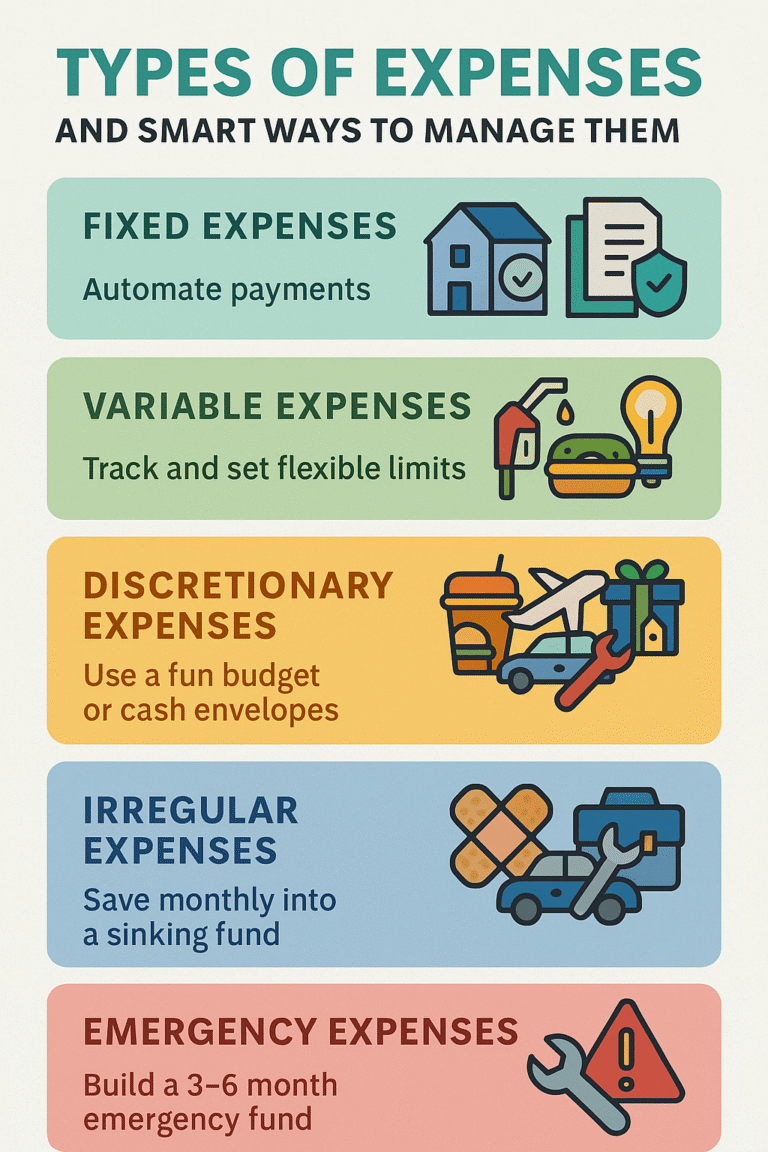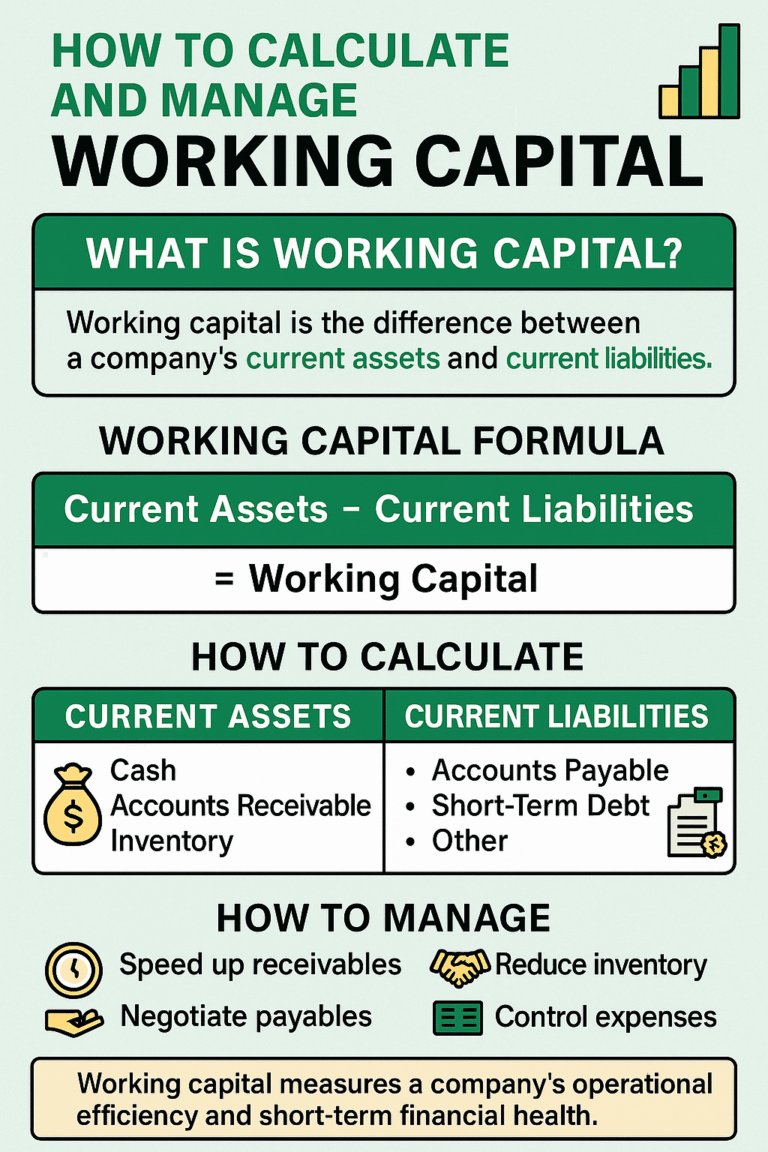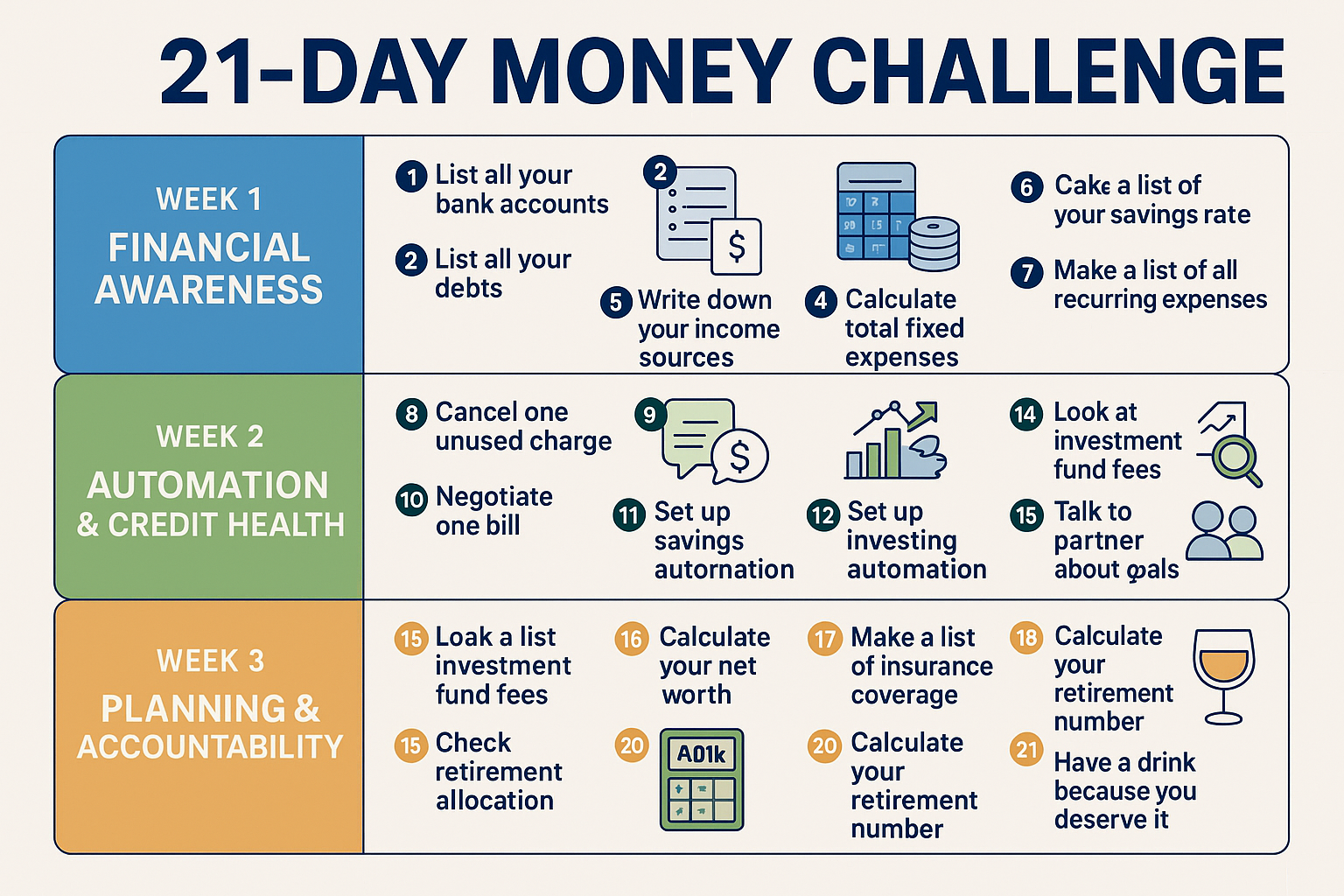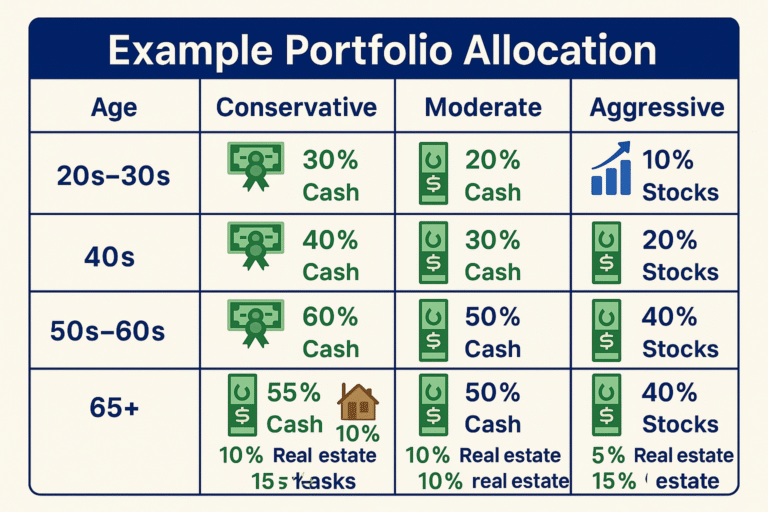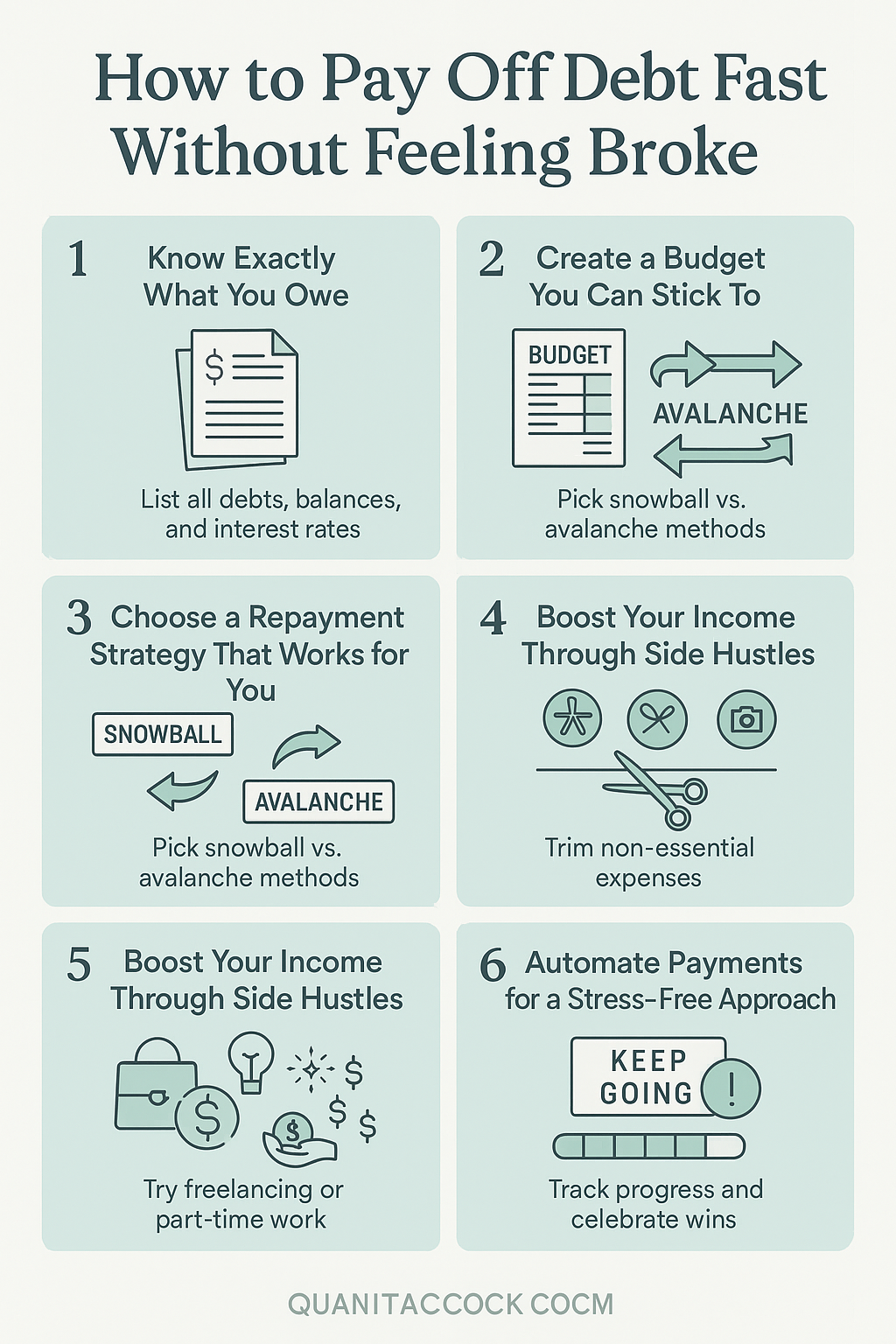How Banks Work
Have you ever wondered how banks work and make money? This simple visual guide breaks it down using easy-to-understand terms. Whether you’re a student, investor, or just curious, understanding the fundamentals of banking can help you make smarter financial decisions.
The Basic Banking Model
At its core, a bank acts as a middleman between two groups: depositors and borrowers.
- Depositors put money into the bank and receive interest—typically around 4%.
- Borrowers take loans from the bank and pay higher interest—around 10%.
The difference between these two rates (in this case, 6%) is called the spread, which is how banks earn profit.
The 4 Key Banking Factors You Should Know
To operate securely and stay compliant, banks must follow guidelines and economic policies regulated by central banks. Here are the four most important factors:
1. CRR (Cash Reserve Ratio)
CRR is the percentage of a bank’s total deposits that must be kept with the central bank in cash. This ensures banks don’t lend out every dollar and have funds available in emergencies.
2. SLR (Statutory Liquidity Ratio)
Banks are also required to invest a portion of their deposits in government-approved securities like bonds. This is known as the SLR. It promotes liquidity and financial discipline.
3. Repo Rate
This is the interest rate at which banks borrow money from the central bank. A lower repo rate means cheaper borrowing for banks, which can lead to lower interest rates for consumers.
4. Reverse Repo Rate
This is the rate at which banks lend money to the central bank. A high reverse repo rate encourages banks to park excess funds with the central bank, reducing money circulation in the economy.
Why Understanding How Banks Work Matters
When you understand how banks work, you’re better equipped to:
- Choose better savings and loan options
- Understand why interest rates change
- Protect your money during economic shifts
- Make smarter investment decisions
Final Thoughts
The banking system might seem complex, but once broken down, it’s easy to see how it operates. Banks collect deposits at a lower rate, lend at a higher rate, and follow strict regulations to ensure stability and profitability. Understanding the key concepts like CRR, SLR, Repo Rate, and Reverse Repo Rate can give you a major financial edge.
